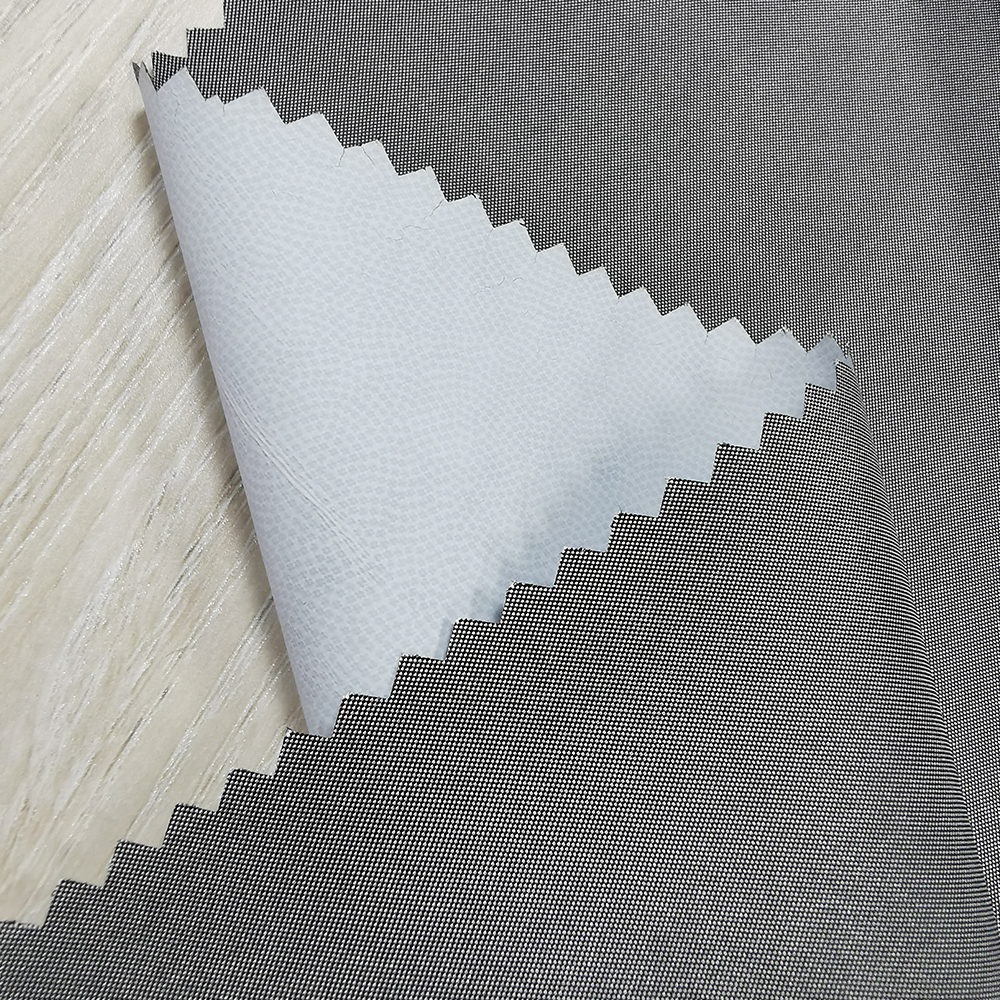In a world obsessed with high-tech materials like graphene and carbon fiber, laminated fabric operates in the shadows, quietly revolutionizing industries as diverse as fashion, healthcare, and aerospace. This unsung hero—a fusion of textiles, polymers, and cutting-edge chemistry—combines the flexibility of fabric with the durability of synthetic coatings. But how did laminated fabric evolve from a niche industrial material to a cornerstone of modern life? What secrets enable it to repel water, withstand flames, and even heal wounds? This 4,000-word exploration peels back the layers of laminated fabric, revealing its scientific complexity, ethical dilemmas, and transformative potential.
1. The Evolution of Laminated Fabric: From Ancient Armor to Space Suits
Early Innovations: Nature’s Blueprint
Long before synthetic adhesives, humans mimicked natural laminates. Ancient Egyptians bonded papyrus sheets with animal glue, while Mongol warriors wore layered silk-and-leather armor laminated with resins. The Industrial Revolution introduced rubber-coated fabrics for rainproof garments, but these early laminates were heavy, stiff, and prone to decay.
The 20th-Century Breakthrough: Polymers Take Over
The discovery of polyvinyl chloride (PVC) in the 1920s and thermoplastic polyurethane (TPU) in the 1950s transformed lamination. Suddenly, fabrics could be fused with lightweight, flexible films. Key milestones:
-
World War II: Nylon laminated with neoprene created inflatable rafts and pilot suits.
-
1960s Space Race: NASA developed aluminized PET laminates to protect astronauts from extreme temperatures.
-
1980s Outdoor Gear: Gore-Tex® popularized breathable waterproof laminates, birthing the modern outdoor apparel industry.
Cultural Impact
Laminated fabric democratized luxury. Vinyl-coated “pleather” let consumers mimic leather goods affordably, while laminated polyester fueled the fast-fashion boom.
2. The Science Behind the Layers: Materials and Manufacturing
Anatomy of a Laminate
A typical laminated fabric has three components:
-
Face Fabric: The outer layer (e.g., polyester, nylon, cotton) determines aesthetics and abrasion resistance.
-
Adhesive/Coating: Thermoplastics (TPU, PVC) or solvent-based glues bond layers.
-
Backing Film: Functional layer (e.g., microporous PTFE for breathability, metallic foil for heat reflection).
Advanced Variants
-
3-Layer Sympatex®: Combines polyester, hydrophilic membrane, and protective backing.
-
Fire-Resistant Aramids: Kevlar® laminated with silica coatings for firefighters’ gear.
-
Biodegradable Laminates: PLA (polylactic acid) films bonded to organic cotton.
Manufacturing Techniques
-
Calendaring: Heated rollers press polymer films onto textiles (common for PVC).
-
Extrusion Coating: Molten polymer is sprayed onto fabric, then cooled.
-
Adhesive Lamination: Solvent- or water-based adhesives glue pre-made films to fabric.
-
Ultrasonic Bonding: High-frequency vibrations melt layers together without adhesives (eco-friendly).
Why Lamination Matters
-
Multifunctionality: A single material can be waterproof, UV-resistant, and antimicrobial.
-
Weight Savings: Laminated fabrics are 30–50% lighter than traditional layered materials.
-
Customization: Properties like elasticity or conductivity can be engineered layer by layer.
3. Laminated Fabric in Action: Unexpected Applications
A. Life-Saving Medical Gear
-
Surgical Drapes: SMS (spun-melt-spun) polypropylene laminates block pathogens while allowing moisture vapor transmission.
-
Wound Dressings: Hydrocolloid laminates (e.g., Tegaderm™) absorb exudate and promote healing.
-
Inflatable Splints: TPU-coated nylon splints stabilize fractures in emergencies.
B. Extreme Environments
-
Firefighting Suits: Nomex® laminated with PBI (polybenzimidazole) resists 500°C flames.
-
Arctic Exploration: Aerogel-laminated fabrics provide insulation at -50°C with minimal bulk.
-
Space Exploration: NASA’s Orion Crew Survival System uses zirconia-laminated fabrics to block radiation.
C. Everyday Revolution
-
Reusable Food Packaging: Silicone-laminated cotton replaces single-use plastics for snack bags.
-
Smart Clothing: Graphene-laminated textiles monitor heart rate and body temperature.
-
Architecture: ETFE (ethylene tetrafluoroethylene) laminated cushions form the Beijing Water Cube’s iconic walls.

4. The Dark Side: Environmental and Ethical Concerns
The Microplastic Crisis
Laminated fabrics shed microplastics during washing. A single garment releases 1,900 fibers per wash, contaminating oceans. TPU and PVC laminates are particularly persistent.
Recycling Nightmares
Most laminates are inseparable hybrids:
-
Landfill Legacy: 85% of discarded laminated textiles end up in landfills, taking 500+ years to decompose.
-
Chemical Recycling Challenges: Separating polymers from fibers requires toxic solvents like dimethylacetamide.
Labor and Health Risks
-
PVC Controversy: Phthalates in PVC laminates are linked to cancer and endocrine disruption.
-
Factory Hazards: Workers in low-income countries face fumes from solvent-based adhesives.
Greenwashing in “Eco-Laminates”
Brands tout “biodegradable” laminates, but many require industrial composting unavailable to consumers. For example, PLA laminates degrade only at 60°C—conditions unachievable in home compost bins.
5. Innovations Pioneering a Sustainable Future
A. Circular Design Breakthroughs
-
Monomaterials: Companies like Aquafil create laminates using only nylon 6, enabling full recyclability.
-
Bio-Based Adhesives: Mushroom mycelium and casein (milk protein) glues replace petrochemicals.
-
Dissolvable Stitches: TEMPO-oxidized cellulose laminates dissolve in water, simplifying recycling.
B. Performance Enhancements
-
Self-Healing Films: Microcapsules of silicone oil automatically repair scratches (used in automotive interiors).
-
Phase-Change Materials (PCMs): Laminates with paraffin wax regulate temperature by absorbing/releasing heat.
-
Photocatalytic Coatings: TiO2-laminated fabrics break down pollutants when exposed to sunlight.
C. Policy and Consumer Shifts
-
EU’s ESPR Initiative: Mandates that 70% of laminated textiles be recyclable by 2030.
-
Leather Alternatives: Mycotech’s mushroom leather laminates reduce reliance on animal hides and synthetics.
-
Rental Economies: Patagonia’s Worn Wear program refurbishes and resells laminated outdoor gear.











